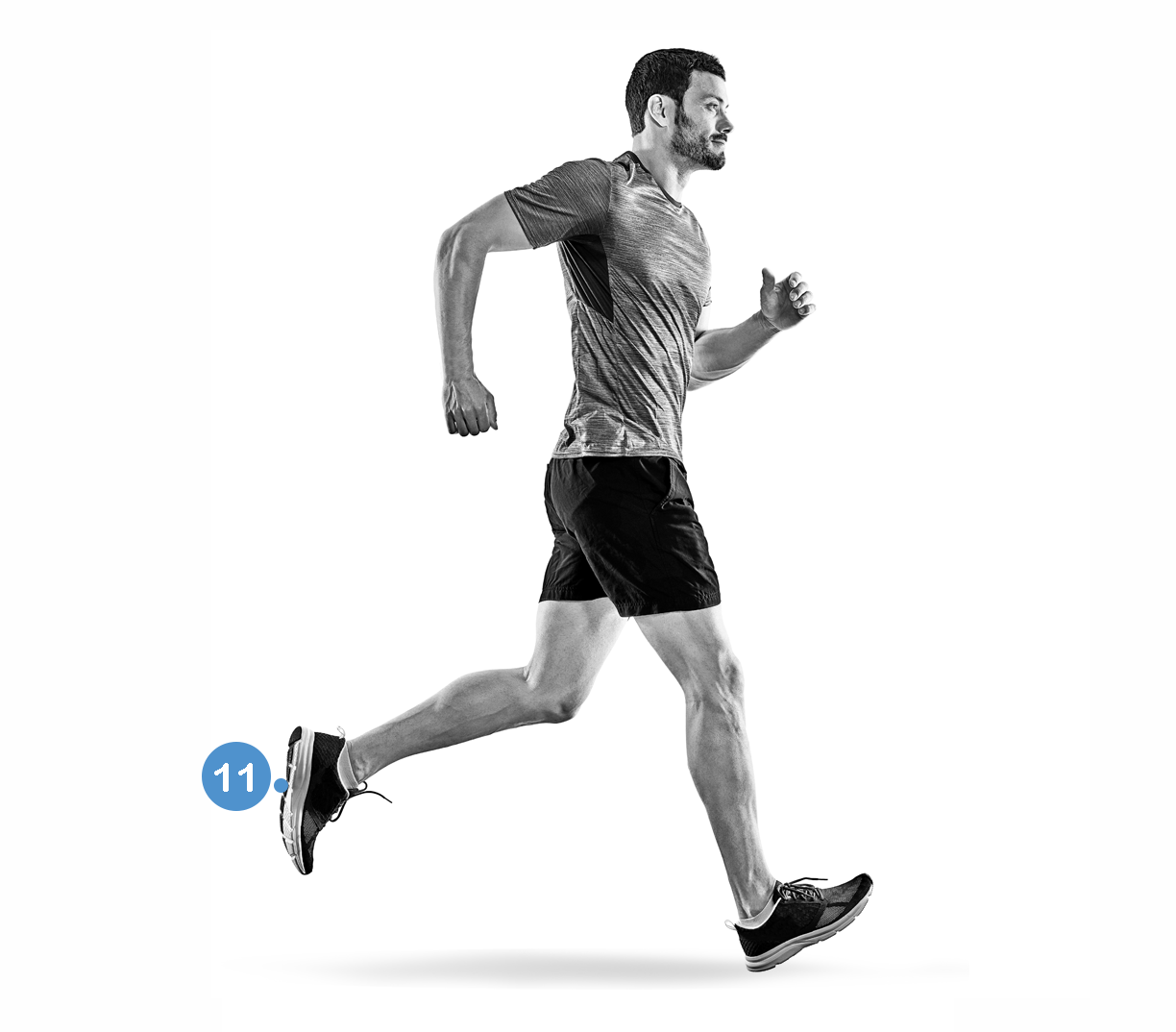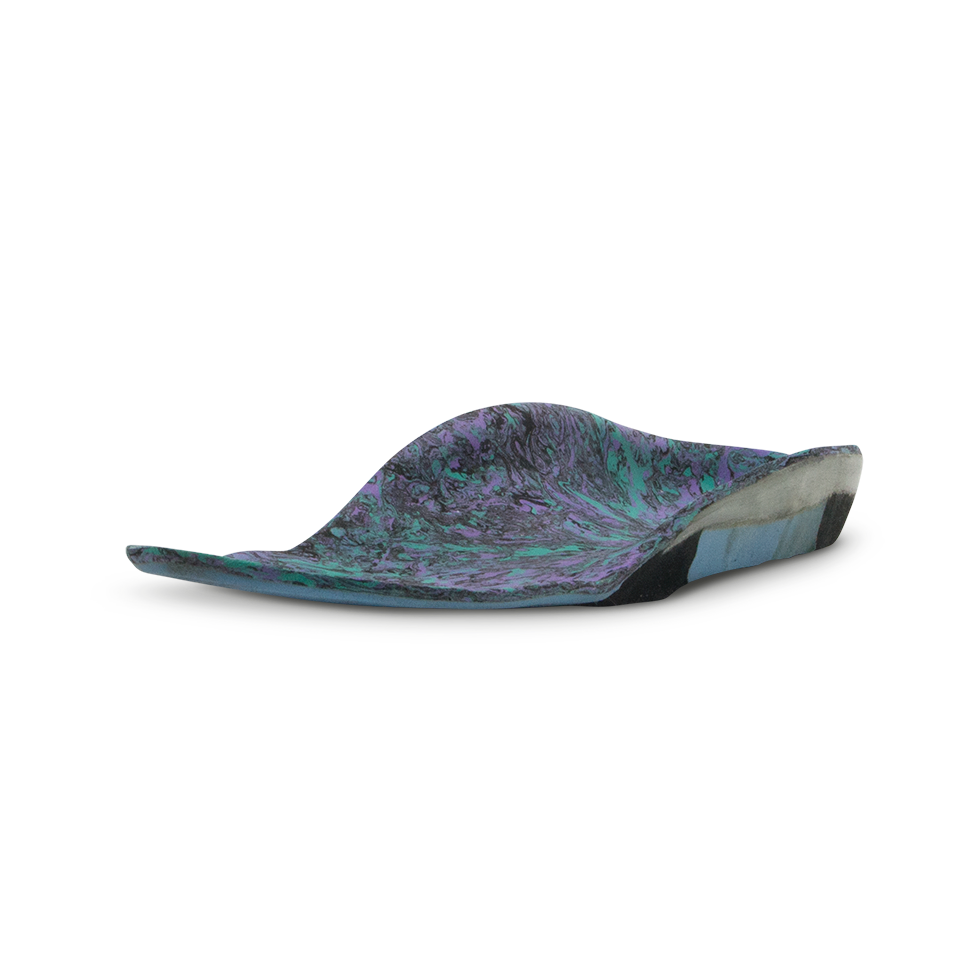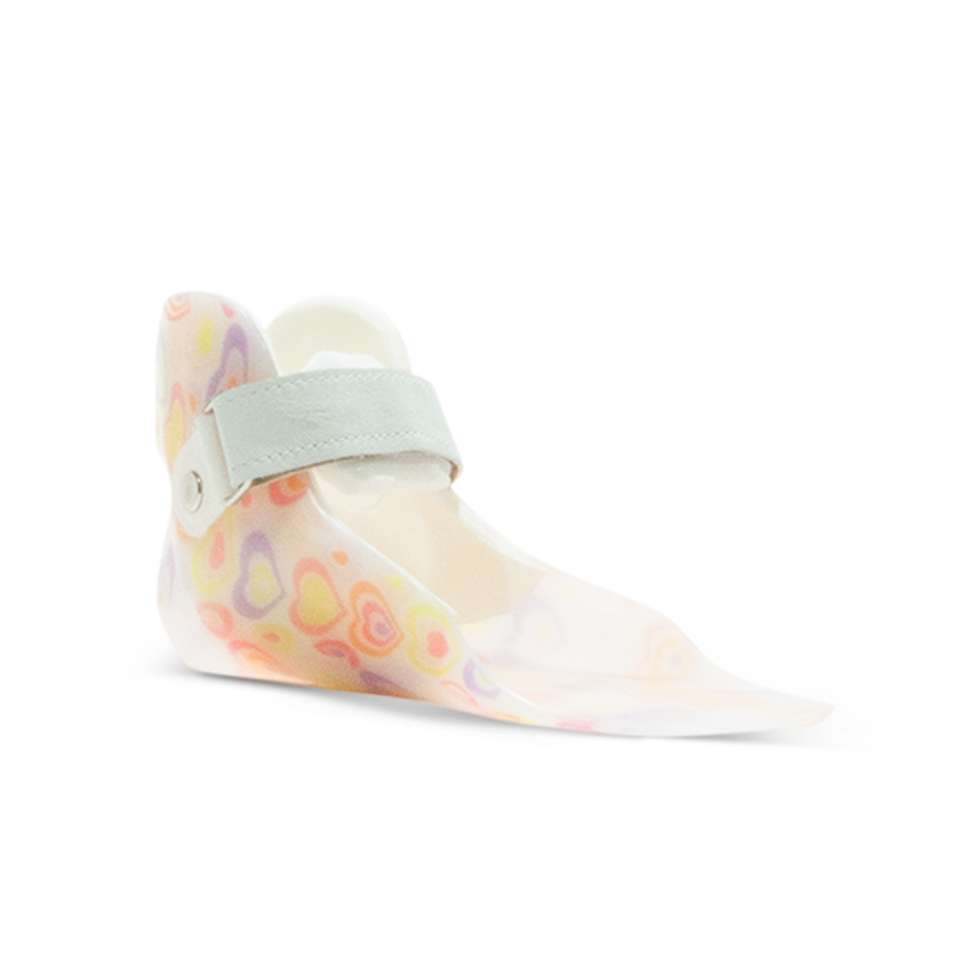Supramalleolar and Foot Orthoses
Types of Supramalleolar and Foot Orthoses(click the + to learn more and see samples)
Getting the Right Care
Selecting the right orthotic treatment requires a specialized evaluation from a Certified Orthotist CO(c) who is trained in the science of biomechanics, the study of how the body moves. Can we help you find an orthotic solution that will meet your needs?
Foot Orthoses (FO)
Commonly known as insoles, foot orthoses help support the foot structure, offload areas of high pressure, and improve biomechanics during gait. For some patients the benefits of foot orthotics may be felt all the way up in the back.
This device may be suitable for individuals with:
- Plantar fasciitis
- Rheumatoid arthritis
- Osteoarthritis
- Heel pain
- Metatarsalgia
- Sever’s Disease
- Diabetes
- Overpronation
Supramalleolar Orthoses (SMO)
These orthotic devices do not extend above the ankle. The foot orthosis and its lesser-known cousin the supramalleolar orthosis have a lot in common in that they are generally used to improve the mechanics of the foot structure by improving or accommodating its alignment.
This device may be suitable for individuals with:
- Overpronation
- Flat-foot (pes planus)
- Hypotonia
Foot Abduction Orthosis (FAB)
These custom-fit devices are used as part of the Ponseti system for the management of idiopathic clubfoot (Talipes Equinovarus or TEV) in the infant patient.
This device may be suitable for individuals with:
- Clubfoot (Talipes Equinovarus or TEV)
- Management post Ponseti casting







